Sitting in northern Africa alongside the Mediterranean Sea and the Atlantic Ocean, Morocco is best known for dazzling visitors with its diversity. Seamlessly blending European, Middle Eastern, and sub-Saharan African cultures into its national identity, the country is home to gorgeous landscapes and historic sites.
The various cultures are proudly displayed in the cities, towns, and streets as people welcome visitors to take a peek into their traditional lifestyle. Within the centuries of Moroccan culture, there’s also a long and storied history that goes back thousands of years and blends itself into the natural setting.
Alongside the ancient cities are epic backdrops of the High Atlas Mountains, jagged coastlines, forests, and the dry dunes of the Saharan Desert.
أهلا بك – Welcome to Morocco!

Rabat is the capital of Morocco as well as the center of the country’s administration and political power. While it’s not the country’s most visited city, its beauty and charisma still draw in tourists who want a glance at the harmony of French and Islamic culture.
With a Kasbah, royal fort, and ancient tower, Rabat displays the beauty of Morocco without overwhelming crowds. In the capital, you can take a stroll along the oceanfront or the banks of the Bouregreg River and spend a short time in bliss.
- Culture and Language
- Spending Budget
- How to Get Around
- Top Cities to Visit
- Points of Interest
Culture and Language

As part of Africa, Morocco has a long history that started back in pre-historic times. Hominids roamed the area up to 400,000 years ago, but it wasn’t until the Phoenician colonization that occurred between the 8th and 6th centuries BCE that its recorded history began.
Morroco History
The Phoenician colonization overpowered the native Berber people, who had lived in the area for about 2,000 years prior. The Roman Empire also took their claim of Morocco and made it a part of their Byzantine Empire. However, by the 8th century AD, Muslims gained control and the country has remained ingrained within Arab culture ever since.
In modern history, Europe attempted to control the area with Portugal, France, Spain, and Britain attempting to win a claim. While certain areas did succumb to foreign influences, the country ultimately stayed independent and under the control of the Alaouite dynasty.
For Morocco, the Alaouite dynasty has ruled since 1666 and to this day, members of the dynasty are a part of Morocco’s current royal family.

Morocco’s royal family is still active, but the government is formally headed by a Prime Minister. But in 2011, the Royal Family sought more power and wished to change the government into a constitutional monarchy.
Currently, Morocco is in a hybrid state where the Royal Family does not have complete power and democracy is still a part of the government. With a predominantly Muslim culture, most Moroccan people will identify themselves are Arab or Berger.
Moroccan Culture
Religion is a major influence on the local people, and you can see it displayed in the architecture and clothing on the streets. There are numerous mosques throughout the country and the people dress modestly in clothes that fully cover the body. However, women in Morocco do not need to wear a face veil as a headscarf is considered acceptable.

Respect is also deeply ingrained within the culture as people interact with each other, their families, and their religion. Men and women follow traditional gender roles with gender equality not a norm in society. Elders are also deeply respected.
While the urban areas may be more relaxed in their cultures and customs as they invite visitors into their country, you should take caution to show your respect in rural areas where traditions are often upheld to a stricter standard.
Official Language
Morocco has two official languages – Modern Standard Arabic and Standard Moroccan Berber. Modern Standard Arabic is a variation of Arabic that was developed in the 19th and 20th centuries.
In Morocco, they speak a specific form of Arabic that is commonly called Darjia, which is used mostly in everyday life, were as Modern Standard Arabic is used by the government and educational institutions. However, Classical Arabic is often used within the culture and literary sources.
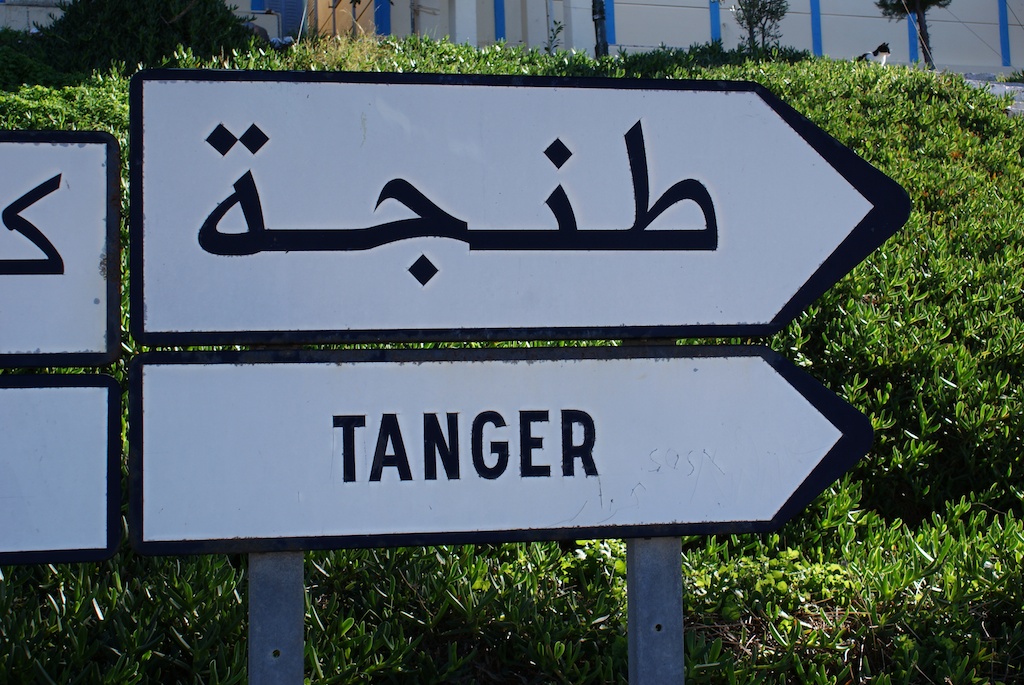
Within rural areas of Morocco, Standard Moroccan Berber is more often the dominant language. However, people who speak Berber as a first language will often speak Arabic as a second language. Travelers are more likely to hear Berber being spoken if they visit a local home or listen to locals on the streets.
French is a popular foreign language amongst Moroccan people and many people will speak it as a second language. It’s estimated that just over 60% of the country’s 37.34 million citizens (as of 2021) speak French as a second language, which is left over from the days when France controlled parts of the country.
English is also spoken in Morocco, though it is not as commonly heard. About 14% of the population speak English, but with the rise of tourism, it is becoming more and more common within the country; especially around tourist areas.
Spending Budget

Morocco is an affordable place to visit, but many travelers will tell you that it’s not as inexpensive as they expected. This means that they had to increase their budget a little more than originally planned.
Instead of worrying about your budget on your trip, you can alleviate your stress by planning ahead. The most important parts of your budget will include airfare, accommodation, food, drink, and transportation.
Airfare
From the US, Morocco is still a fair distance away, which means that airline tickets are going to be expensive. The average cost of a flight to Morocco from the United States is around one thousand dollars. Sometimes airlines do have deals with flights costing significantly less.
However, even with a special deal, you will still have to pay a few hundred dollars for a ticket. Plane tickets will also increase or decrease depending on when you travel to Morocco, what type of ticket you purchase, and when you book your seat. Tourist season in Morocco is at its highest from mid-March to May and September to October.
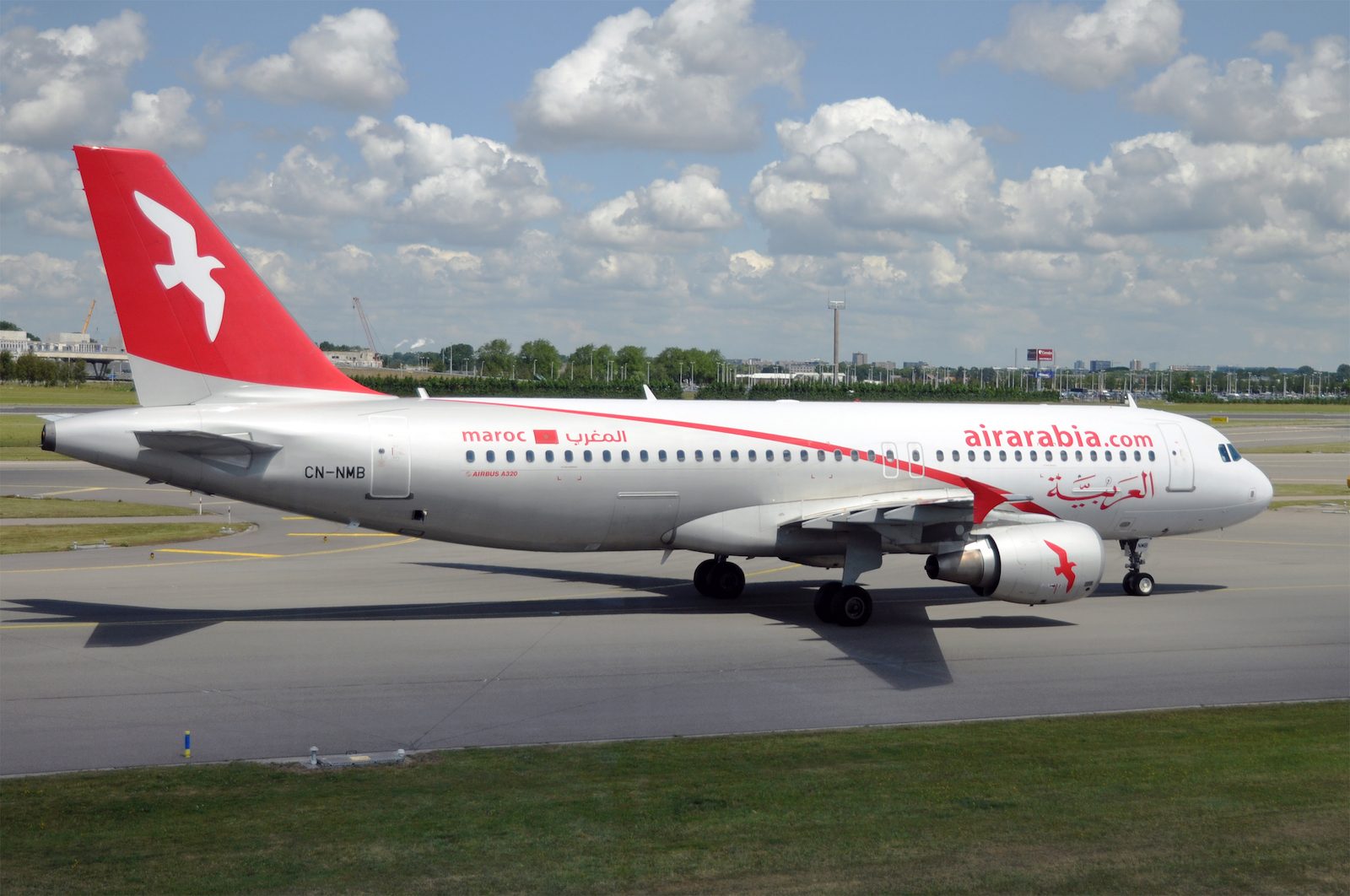
However, the coastal areas are pleasant year-round. If you travel during the high tourist season, you can expect plane tickets to be more expensive.
Tickets will also increase in price if you choose to purchase a business or first-class ticket. Finally, you should also book your ticket further in advance as waiting longer can make the price increase.
Accommodations
Once you have booked a ticket, you’ll need to decide on where to stay for the duration of your stay. Accommodation is more affordable in Morocco and there are plenty of options between hostels, hotels, Airbnbs, and resorts.
A hostel will cost a modest amount per night and is the most affordable accommodation option. In some cities, you can even find a dorm bed in a hostel for a few dollars. If hostels are not your preference, a mid-range hotel or riad in Morocco will cost much more.

In some cities, the cost is lower, and you can find a double room in a riad for a decent price. Luxury riads are also available, but they’ll cost more with an average price of over one hundred dollars per night. Budget hotels may be another option and you should expect to spend a reasonable amount.
Airbnb or separate apartment rentals are also available throughout Morocco and can be a great way to help you save on your budget but still have private accommodations. Apartment rentals can be similar to hotels or riads, however, if you’re in a bigger group, they can be the ideal option.
Finally, luxury resorts are also popular in Morocco, but you should expect to pay higher prices. Resorts will likely include a complete package but can easily cost a few hundred each day, with the most popular being very expensive.
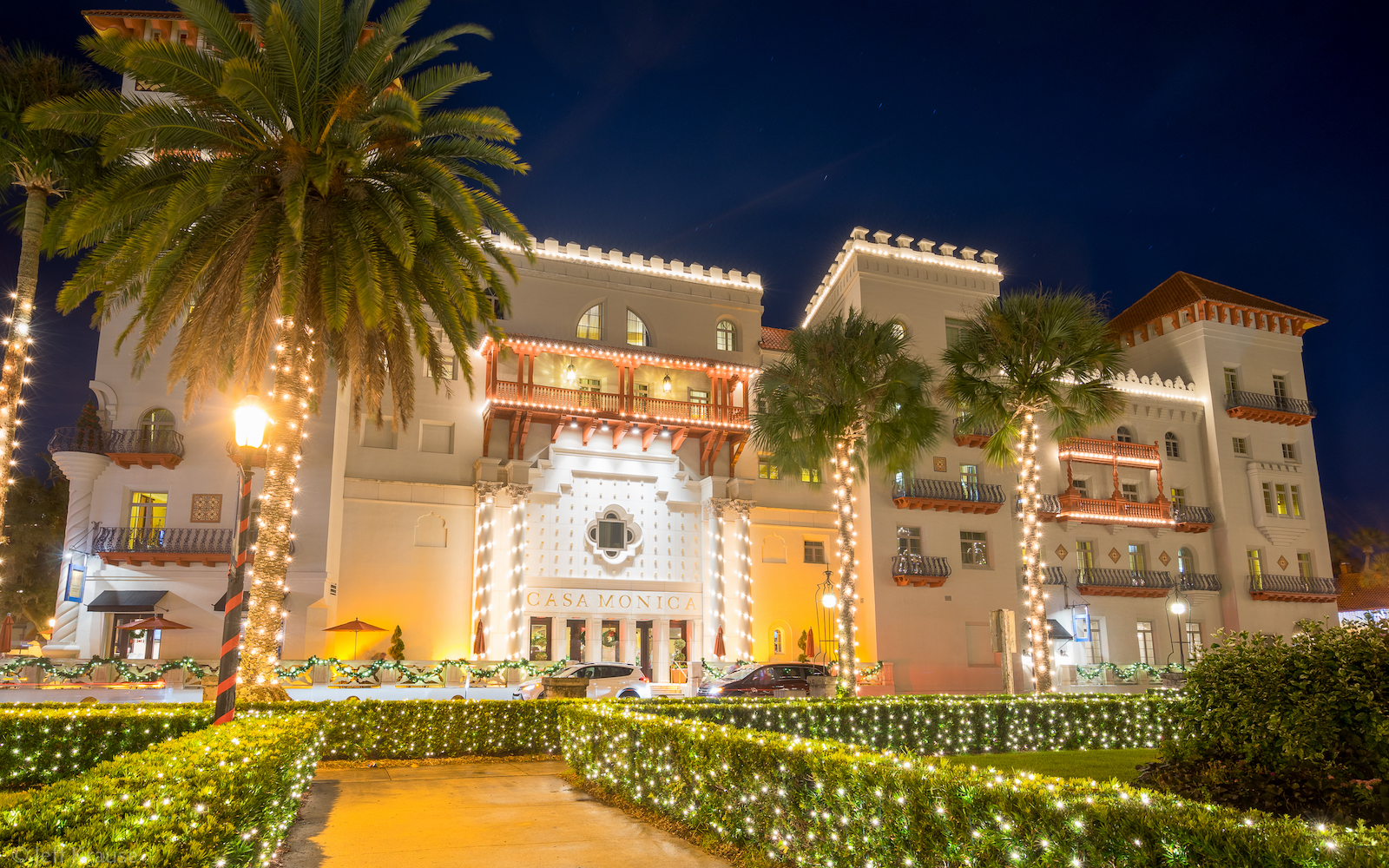
Some of the most expensive resorts in the country are located in Marrakech. But you don’t have to go for luxury if you have a more moderate budget and there are plenty of nice hotels for every type of traveler.
Moroccan Food
While resting is also important when you’re traveling, food is another important part of your trip that keeps you energized and allows you to connect with local culture. Morocco is known for their exotic cuisine, which uses strong spices and seasonings.
Couscous is one of the famous dishes that is prepared weekly and served with vegetables and meat. The dish is often served in a large bowl and shared amongst the table. For a hot meal, you can try tagine, which is a slow-cooked stew and comes from the Berber traditions.
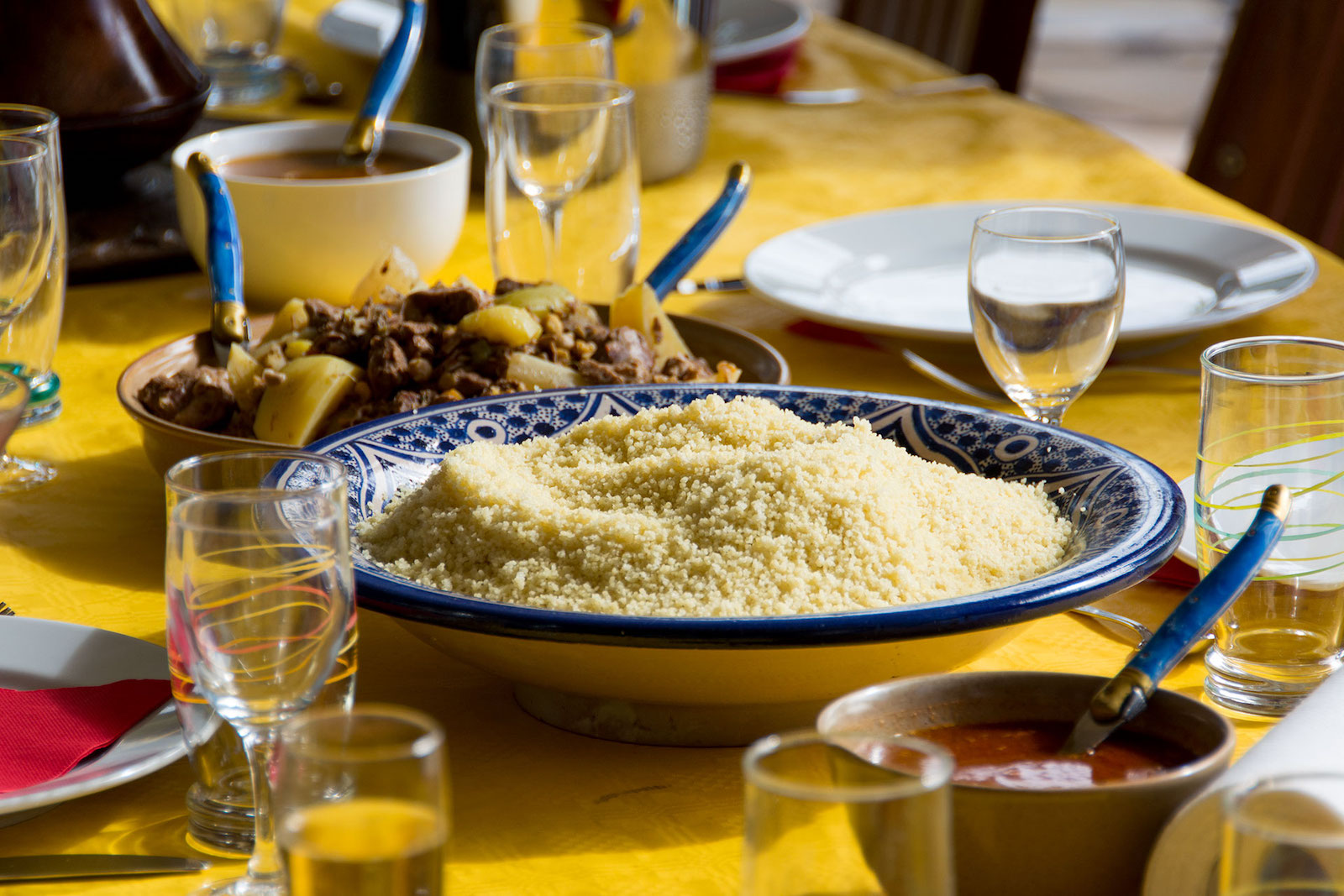
Prunes are also a favorite food item in Morocco, and they are often cooked into dishes with beef or lamb meat. Located along a major ocean and seafront, Morocco also loves to cook sardines and top them with a flavorful marinade. For dessert, you can try a sweet version of b’stilla, which is a pastry from Fez.
Moroccan mint tea is also popular, which is made from spearmint leaves and served with generous amounts of sugar. The tea originated in the Maghreb region but has since spread throughout all of North Africa. Other types of tea may also be served, but Maghrebi tea is the most common.
Dining Out
The good news is that all of these tasty dishes are affordable, and they can easily fit into your budget. Most travelers will a modest amount each day for meals. Most hotels will include a simple breakfast, but should you choose to go out, you shouldn’t have to spend more than a few dollars to have a tasty dish.

Lunch and dinner at most restaurants will be well-priced, even if you go somewhere nicer. Touristy areas will have a price increase, to be prepared to pay a touch more than in other locations.
You can drink alcohol in Morocco, but it may only be purchased from licensed stores, hotels, or bars. While local Moroccan people will choose to drink in private or secluded areas, it is acceptable for tourists to drink in public.
However, if you choose to drink publicly, you should only go to tourist areas where it’s considered to be acceptable. Beer costs less than a few dollars, while fancier drinks and imported alcohol will have a price bump.
How to Get Around
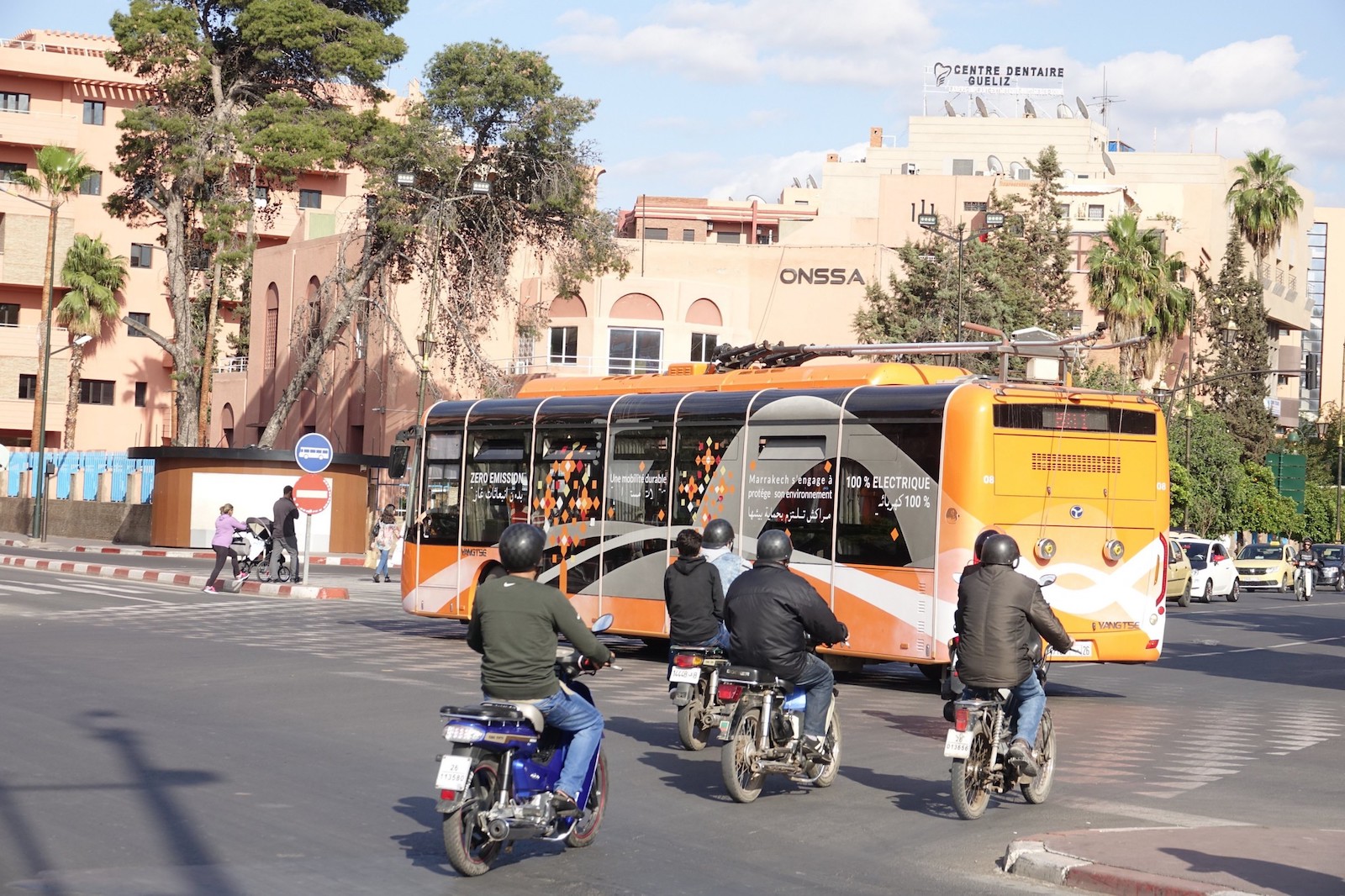
When it comes to traveling around Morocco, the best options for travelers are to use the local bus, take a taxi, or hire a private car. Buses are generally reliable in Morocco and tickets usually cost a modest amount, which makes it the best option for budget travelers.
Taxis and Private Drivers
If you’re only going a short distance, a taxi may be a better choice. Relatively affordable for short rides, if you choose to travel between cities you need to be prepared to pay a decent amount.
Private drivers are also a popular option in Morocco and can be hired for the day. However, if you are a bigger group, you may have to pay more for an appropriately sized vehicle.
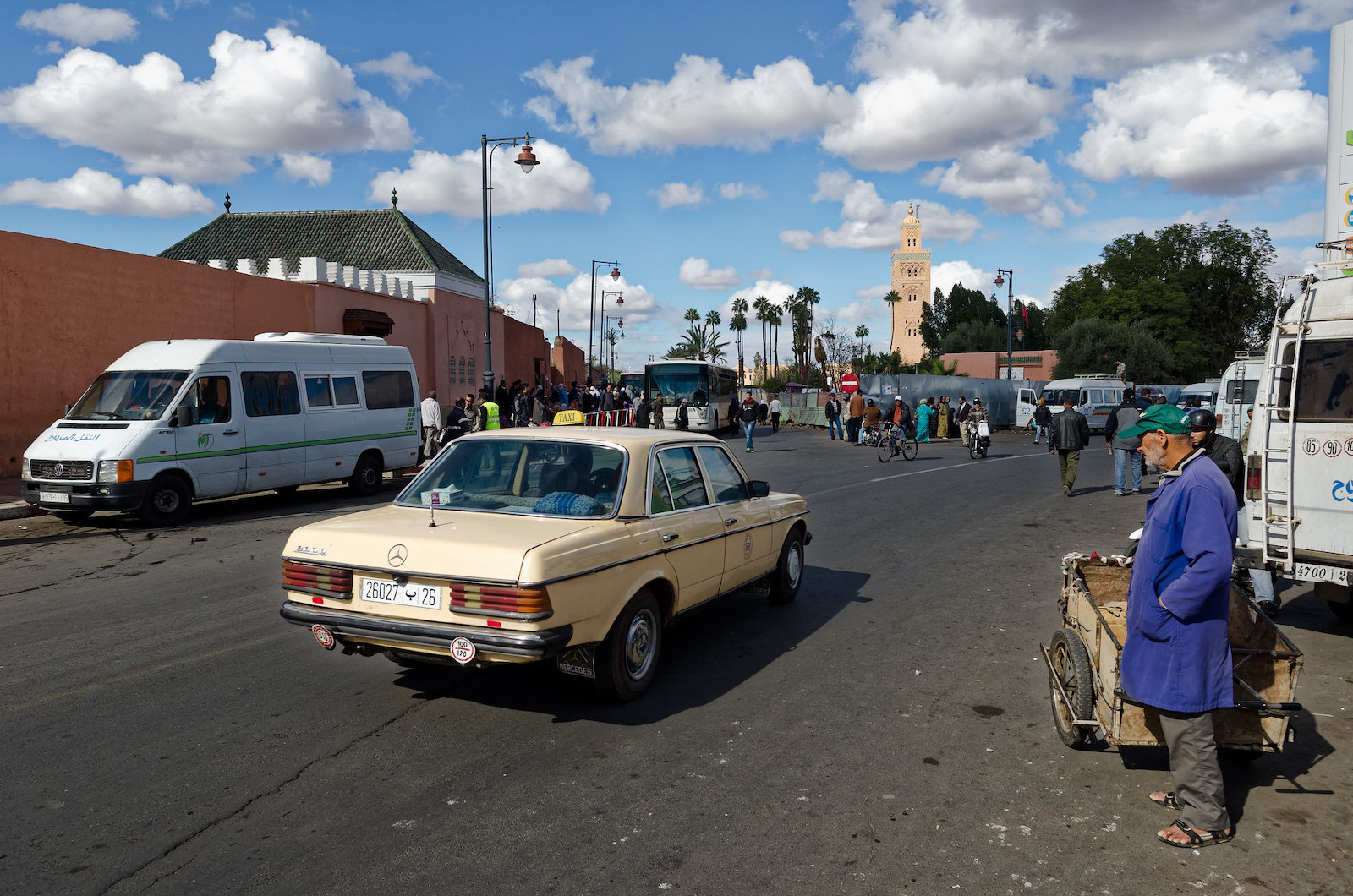
You can also drive yourself in Morocco by renting a car. Compact vehicles will be cheaper than SUVs, howsoever, depending on where you ant to go and how many people are coming, a larger option may be more suitable.
Walking
Finally, walking is free and a great way to experience the local lifestyle. In tourist areas, you’re safe to walk around but as a precaution, you should walk alone. You should also always be aware of your surroundings and keep your belongings close by.
Top Cities to Visit
With plenty of exciting places in Morocco, tourists are eager to experience as many places as possible during their trip. Home to religious sites, plenty of markets, beaches, and historic landmarks, each location is worthy of a trip. To make deciding where to go easier, here’s a brief overview of the top city destinations in Morocco.
Rabat
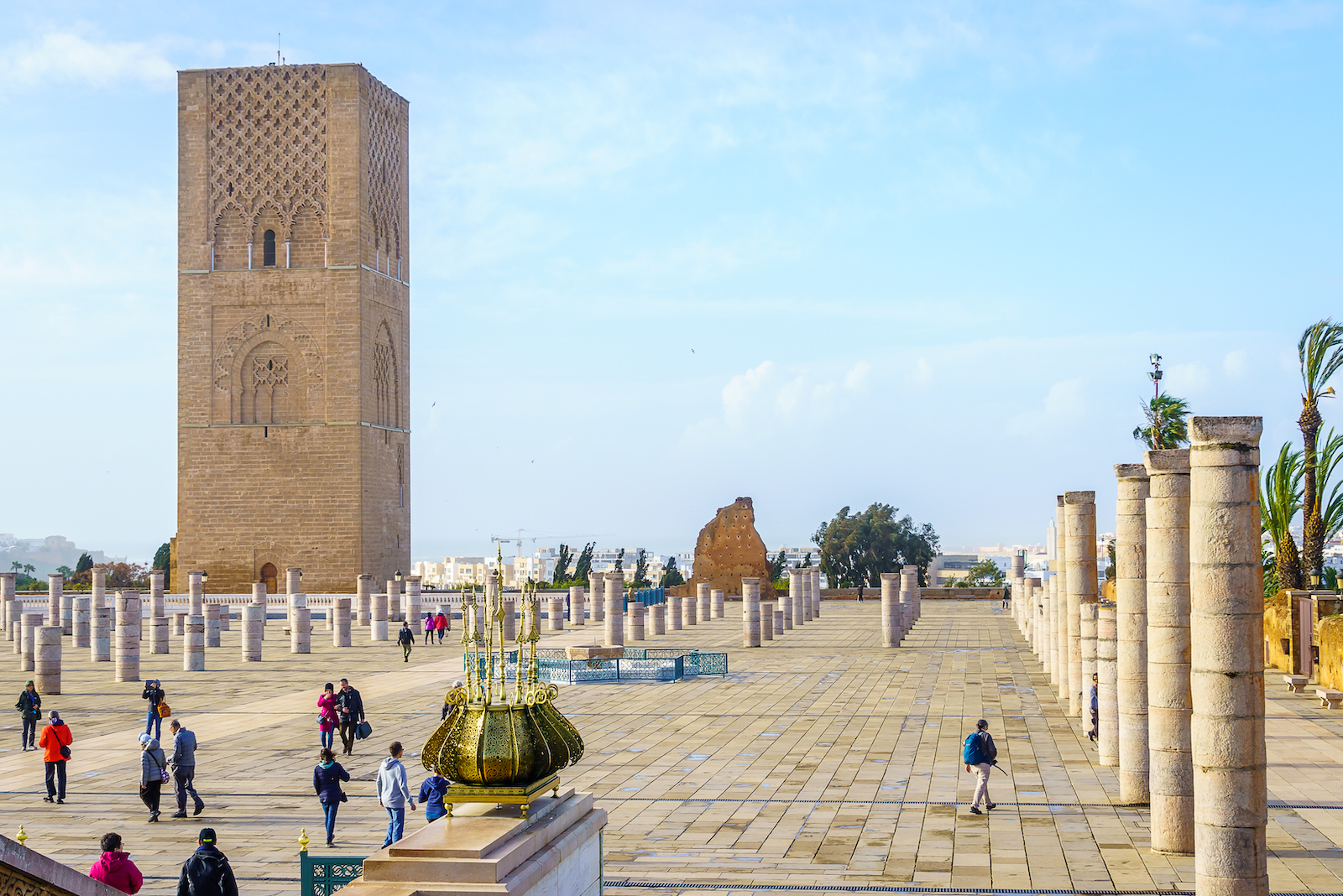
Rabat is most famous for its Islamic and French architecture. The capital is a great place to relax and has fewer tourist crowds than Marrakech. With a pleasant riverside location, you can also view the city from the water and spend a day taking a cruise on the Bouregreg River.
The St. Peter’s Cathedral and Kasbah are the most popular tourist hotspots.
Marrakech
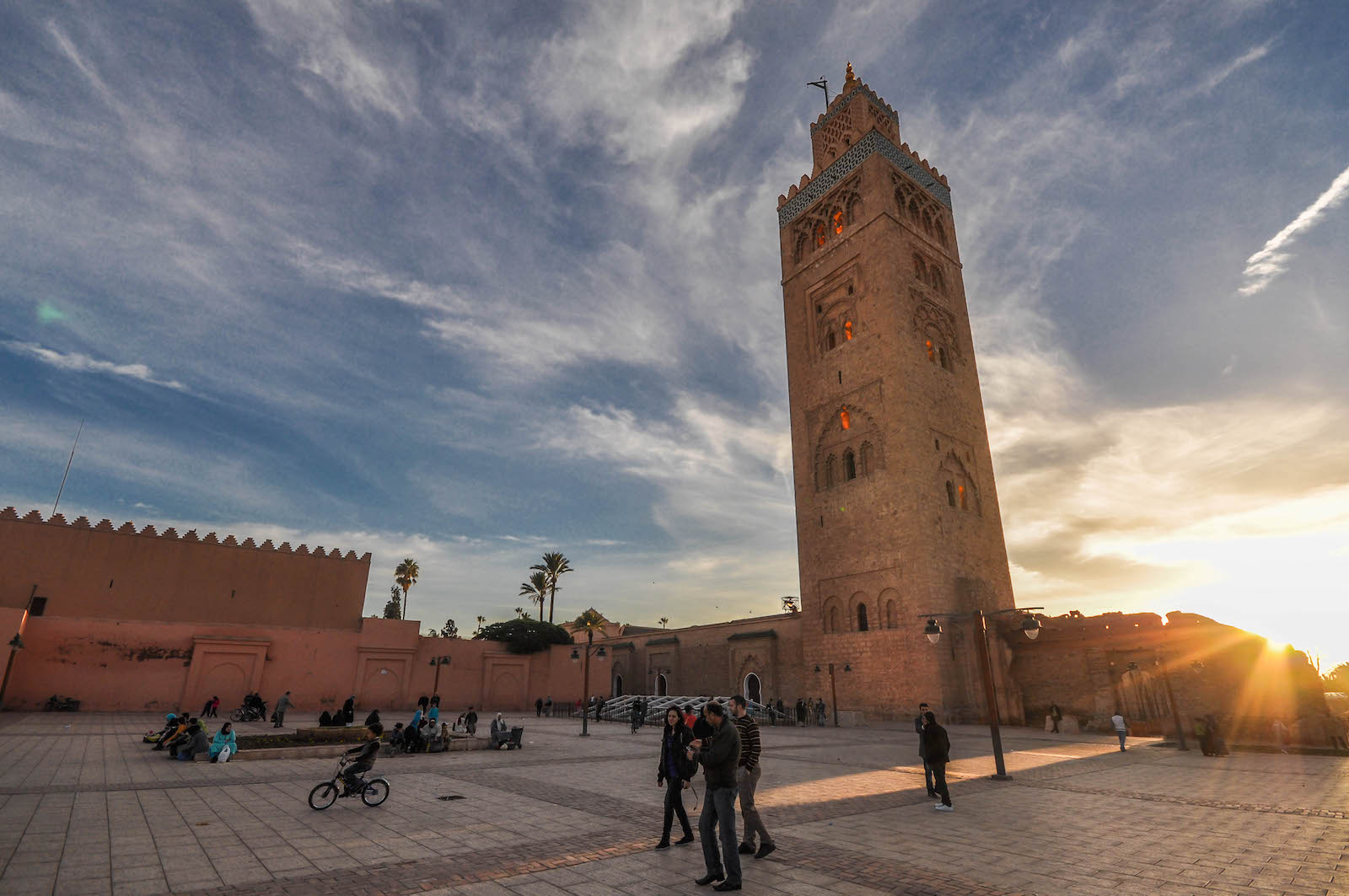
Marrakech is one of Morocco’s Imperial Cities and it has been a key center of trade since ancient times. The Jemaa el-Fnaa is a popular market in town that sells almost everything, though it is a chaotic scene.
But at night you can dive into Morocco’s cultural cuisine and visit the various food stalls. Other popular sites include the Koutoubia Mosque and Bahia Palace.
Fez
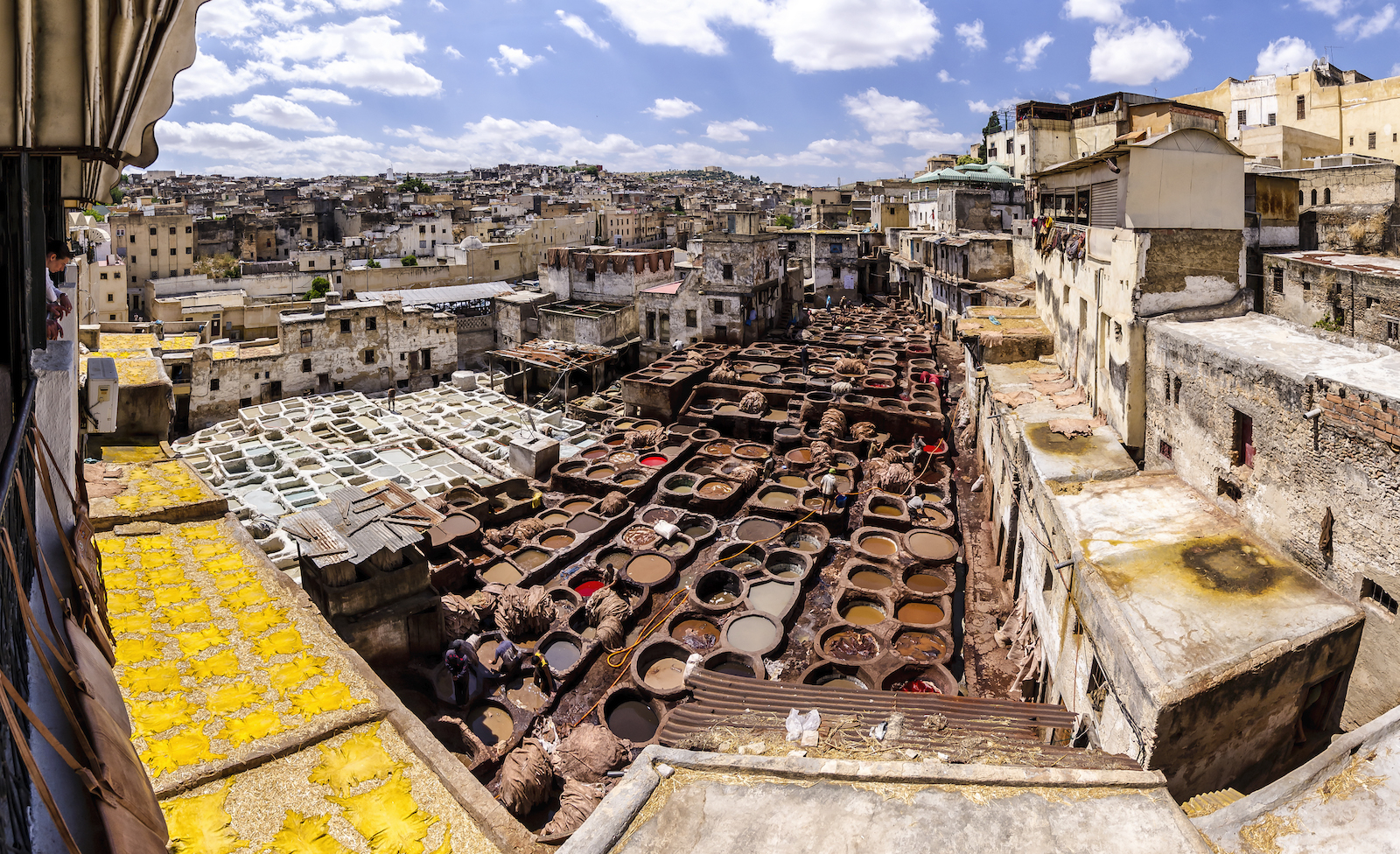
Fez was once the capital of Morocco, but it is not famous for its narrow alleys and markets. The small, red hats are the city’s staple, which is often worn by locals. Visitors can explore the marketplaces as well as fine crafts at locations like the Chouara Tannery. With its liveliness, Fez is often a tourist favorite.
Ouarzazate

Home to the Taouirt Kasbah, Ouarzazate is a famous town that has made appearances in Hollywood movies and has become a major tourist destination. However, the unique landscape also means that visitors can leave the city to explore the nearby High Atlas Mountains or the Sahara Desert.
Essaouira

With lots of wind, the beaches of Essaouira are not ideal for relaxing, but the city still draws in tourists with its charm. With French architecture and culture, those in Essaouira often flock to the harbor and old city walls.
For many, the high winds also make this a popular watersport destination where people hit the waves to surf, windsurf, or kitesurf.
Casablanca
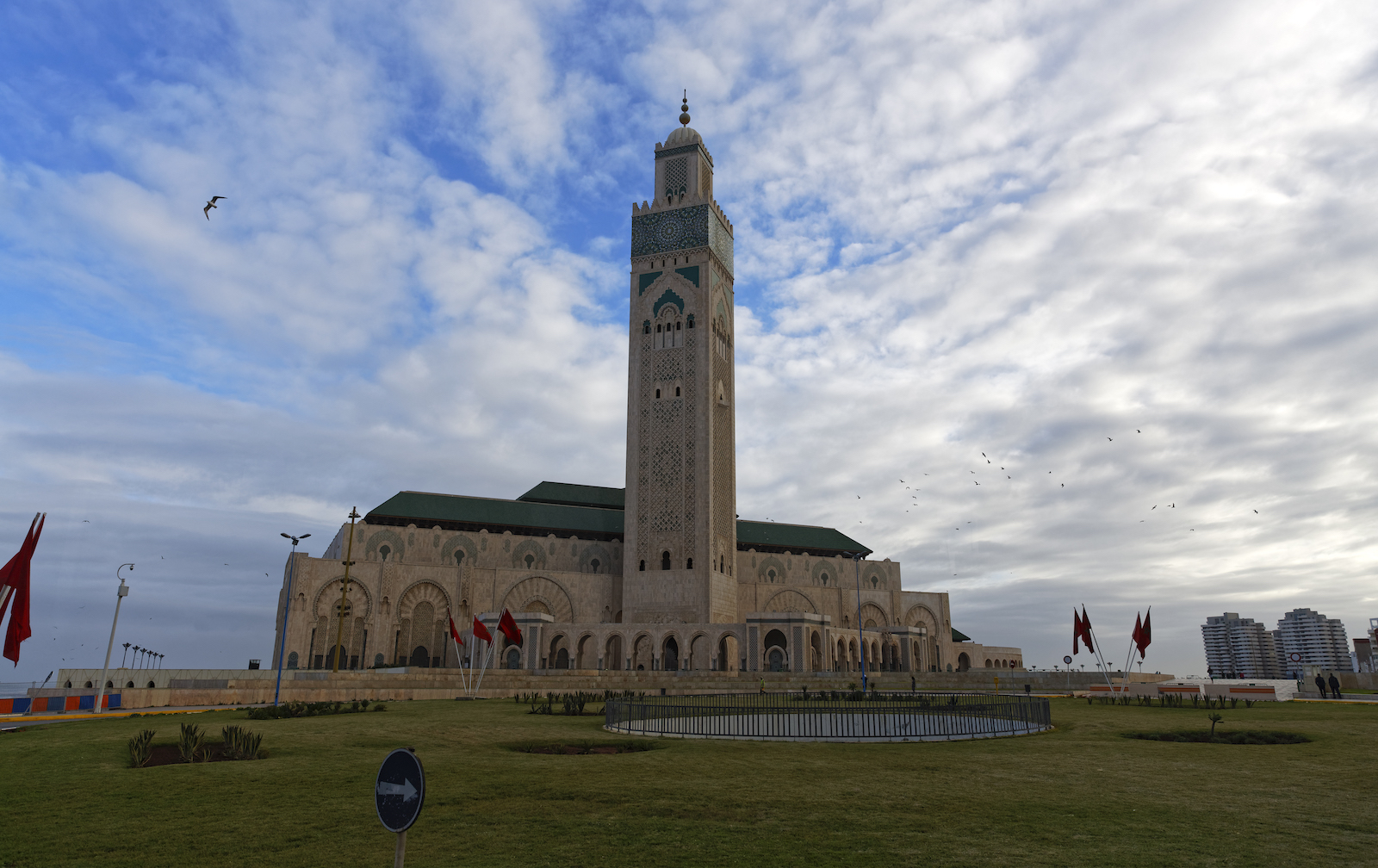
Once depicted as the idyllic city in the black and white film bearing its name, Casablanca isn’t quite what you expect. Instead of romantic charm, this city is the economic and trading hub of Morocco. But don’t let that stop you from visiting.
The Hassan II Mosque is the city’s pride and joy. But you can visit a recreation of Rick’s Café from the film if you want to live out your Casablanca fantasies.
Points of Interest
While cities are often filled with treasures, there are plenty of points of interest throughout Morocco. Whether you want to explore a world heritage site, enjoy a brightly painted town, or explore the desert, there are plenty of activities and attractions to add to your itinerary. For those looking to explore Morocco, here are some hot spots to consider.
Chefchaouen

A city of blue buildings, there isn’t actually that much to do in Chefchaouen besides wander its calm streets. But the colors are enough to draw people in and the location near the Rif Mountains makes it a major destination for hikers and trekkers who are stopping over before heading into the wilderness.
Volubilis
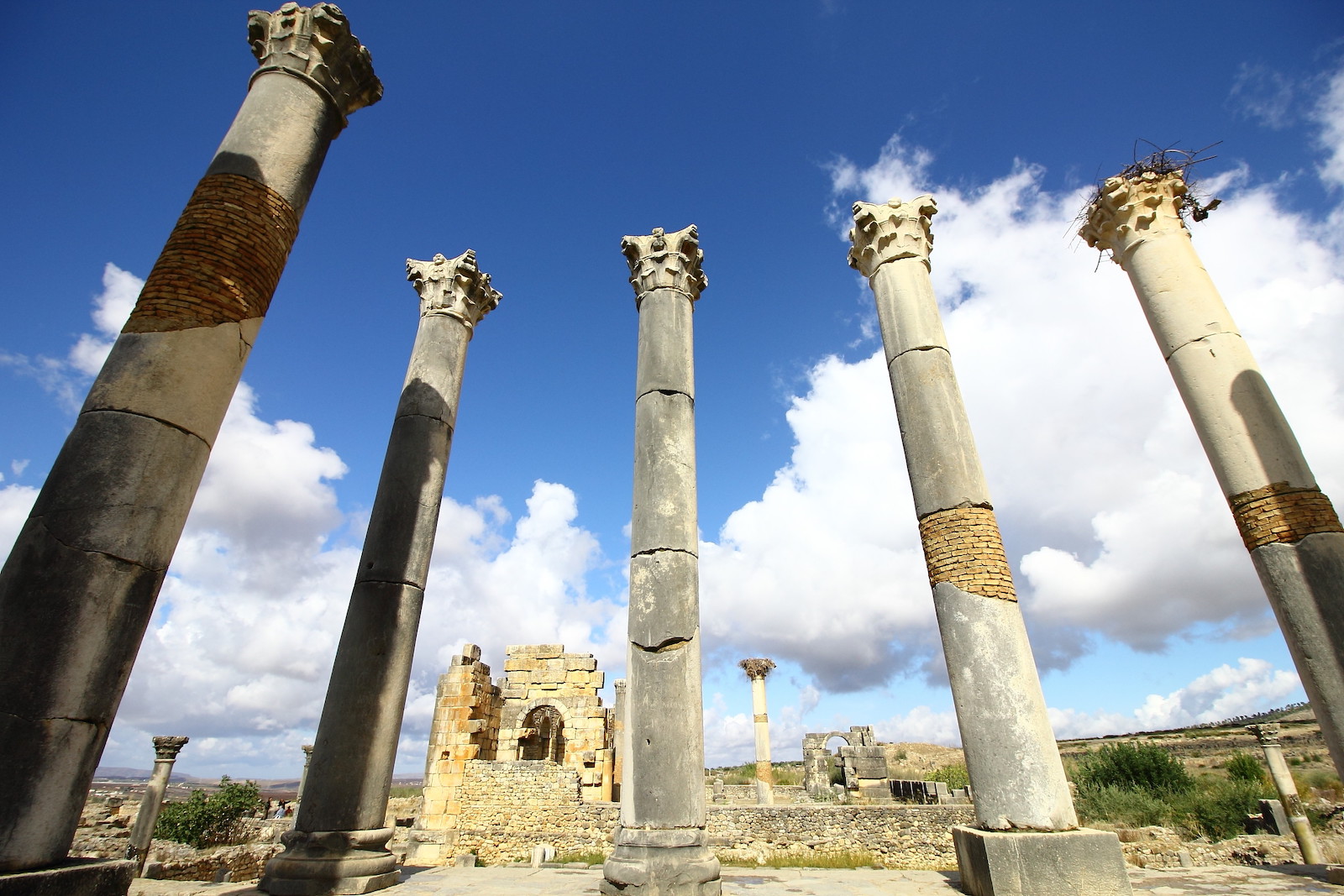
Perfect as a day trip from Meknes or Fez, Volubilis is a Roman ruin that’s known for its ancient mosaics and temple ruins. A UNESCO World Heritage Site, it also sits on a hill that looks over the peaceful countryside and is a major draw for history buffs.
Erg Chebbi
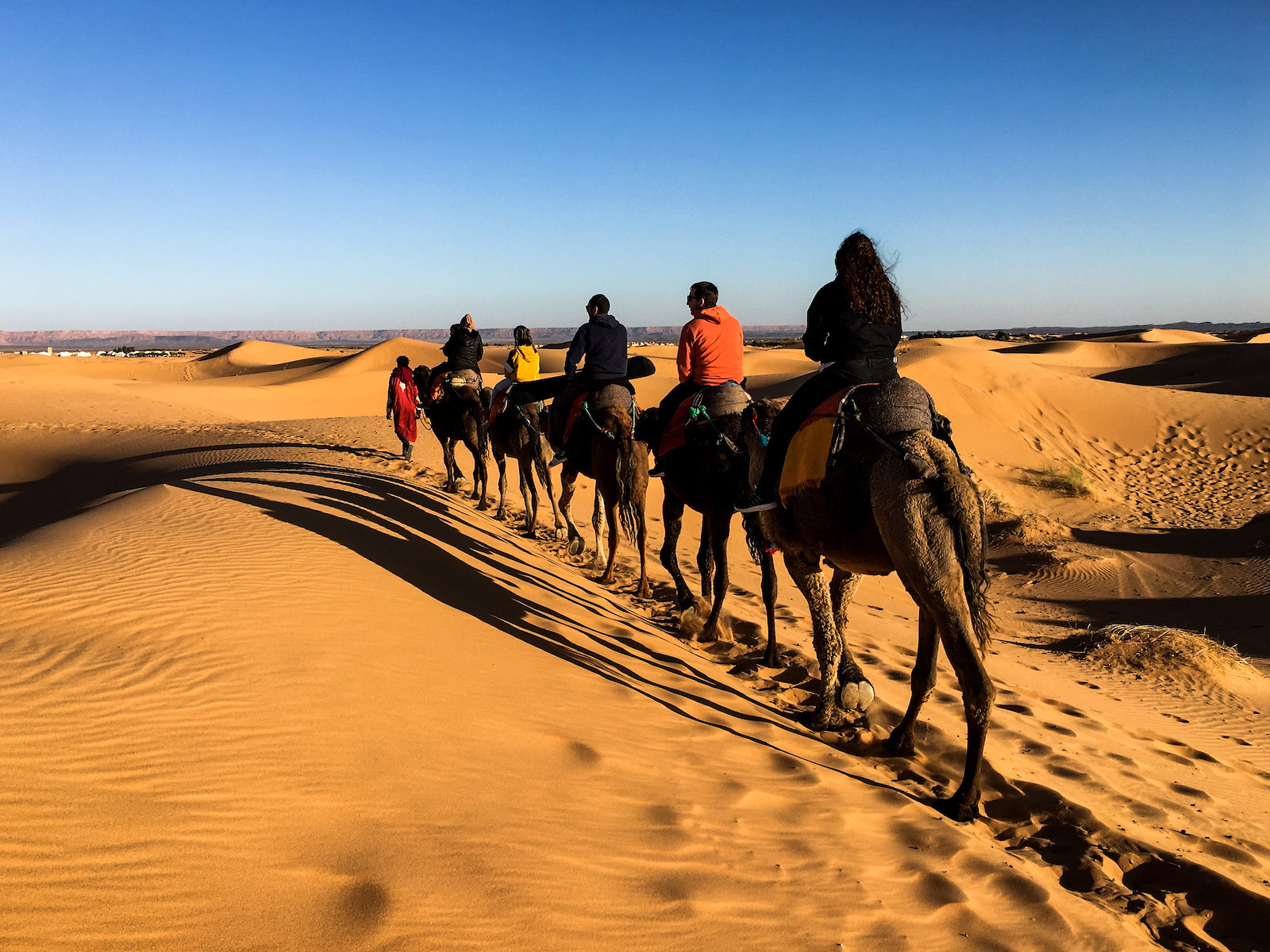
For thrill-seekers who wish to explore the dunes, Erg Chebbi is the place to go. Located in the Sahara region, this is where tourists go to dune surf, dune buggy, or camel trek. The dunes are a picture-perfect image of the Sahara Desert and there are endless tours that you can book to get out and feel the hot sand.
Todgha Gorge

One of Morocco’s stunning natural beauties, Todgha Gorge sits in the High Atlas Mountains and was carved by the Todra and Dades Rivers. The gorge is drivable but narrows to just 33 feet wide at points, which means that you can get close and personal with the beautiful rock walls.
Draa Valley
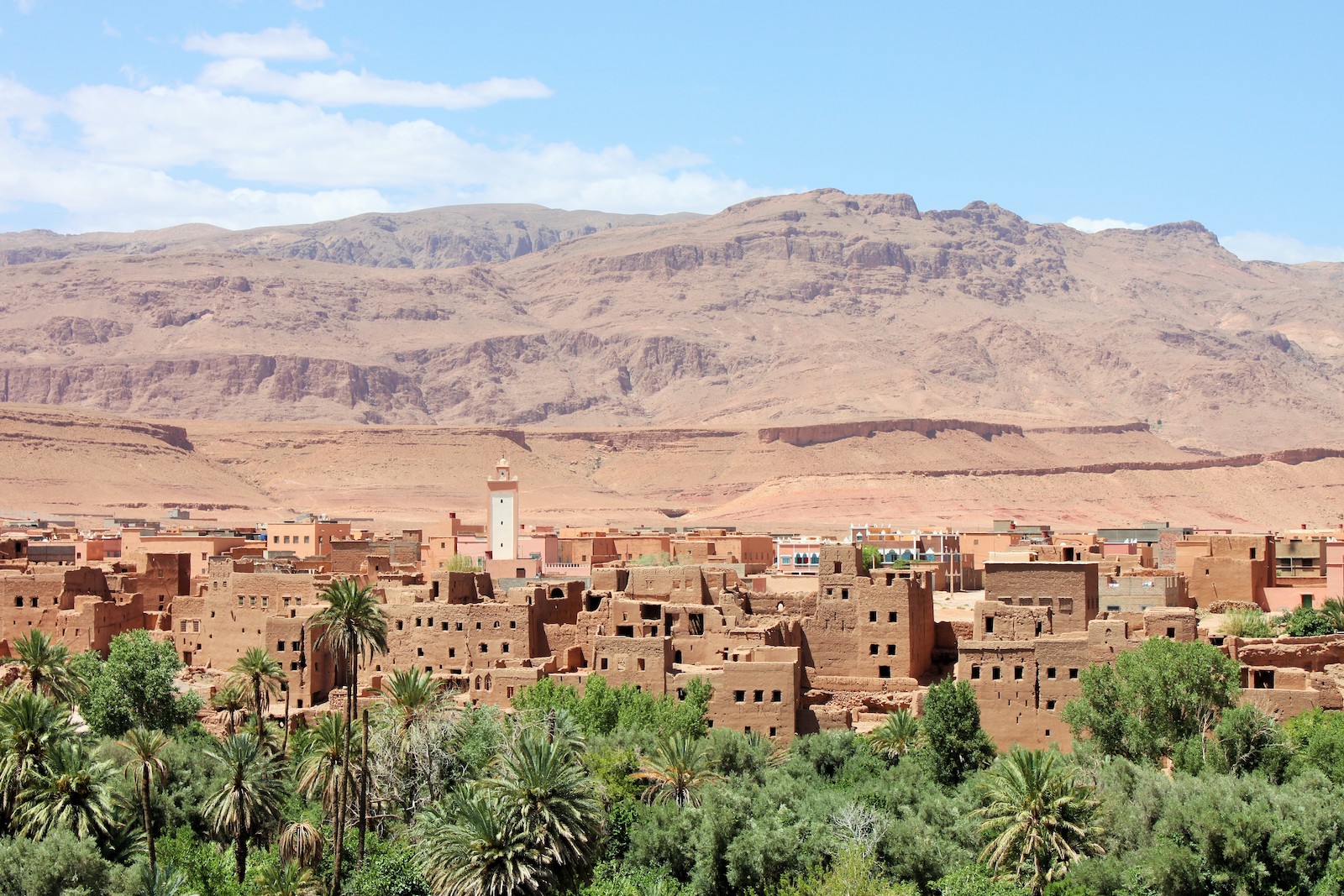
Also located in the High Atlas, Draa valley is spotted with Berber villages and old Kasbahs. The scenic drive is a favorite activity among tourists as you can view the Draa River and drive to the Atlantic Ocean. With green palm groves and rocky mountains, the landscape is also perfect for budding photographers.
“Allah, Al Watan, Al-Malik” (“God, Homeland, King”)
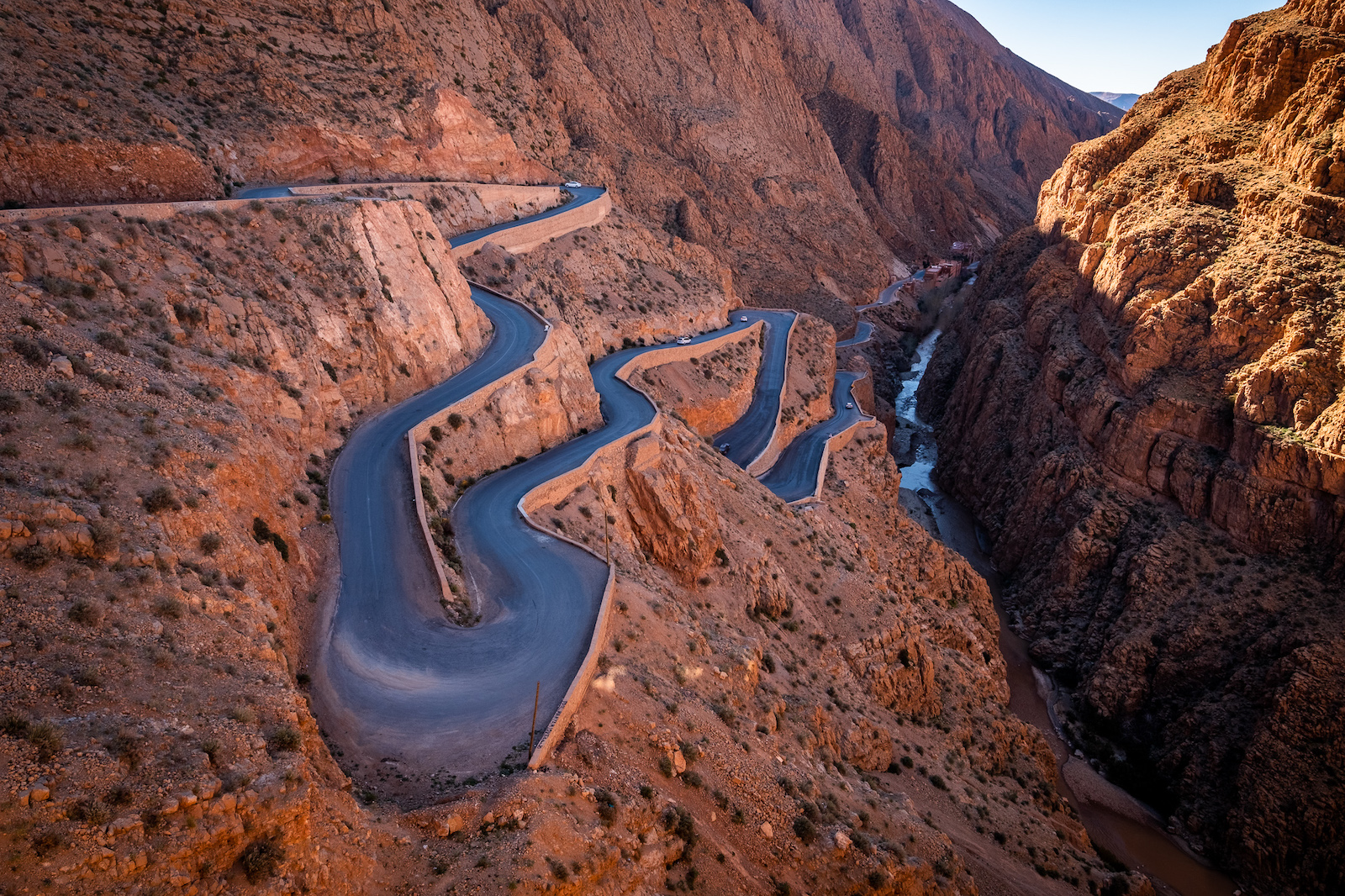
With plenty of diversity in its culture and landscape, Morocco will beckon you with its beauty. The balance between cultures and religions means that you can experience the best of three powerful continents in one place as the country harmonizes between Africa, Europe, and Asia.
It also doesn’t hurt that the locals are overly welcoming to make Morocco a journey of a lifetime.


 What Is Mauritius Most Famous For?
What Is Mauritius Most Famous For?